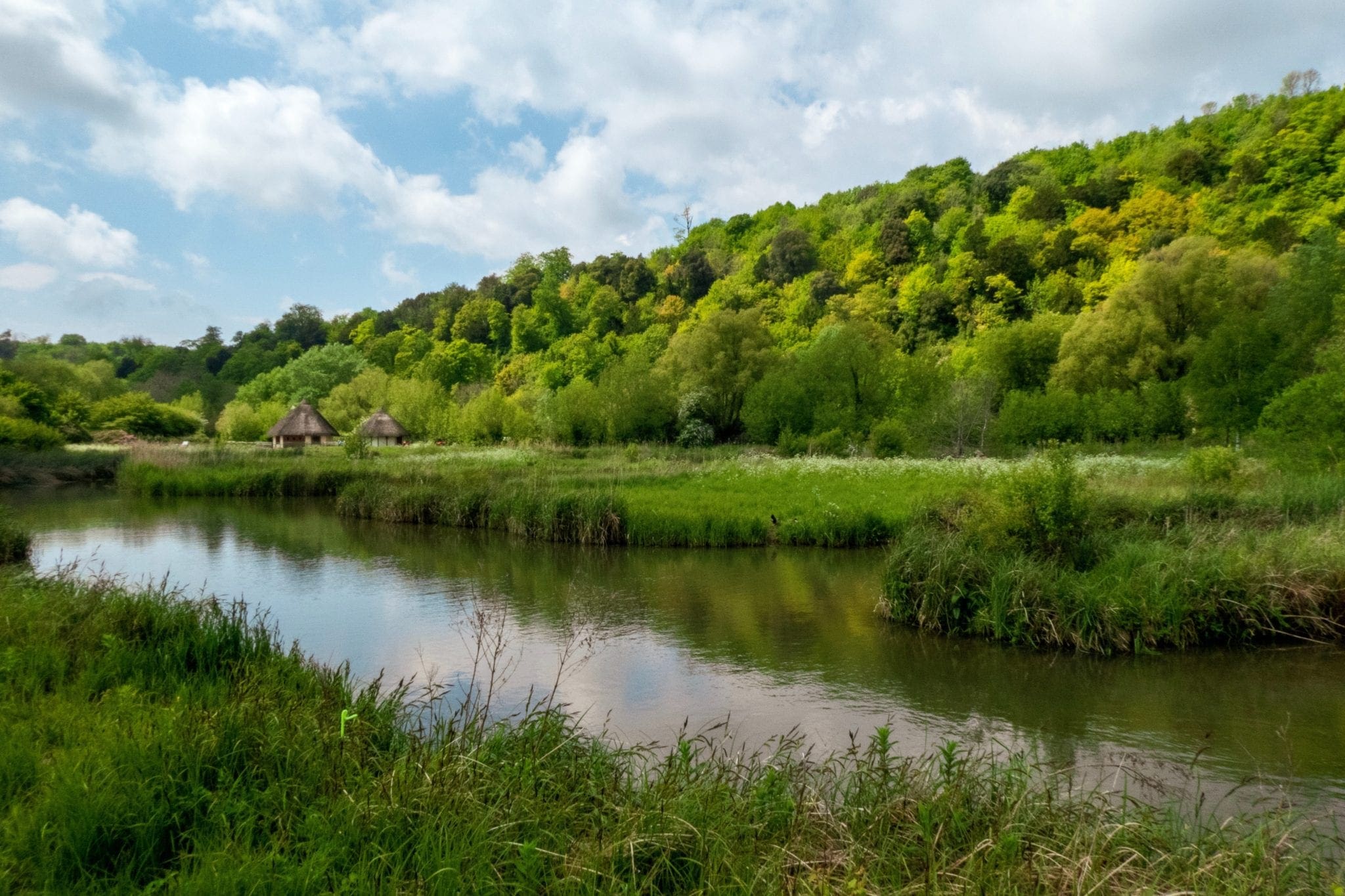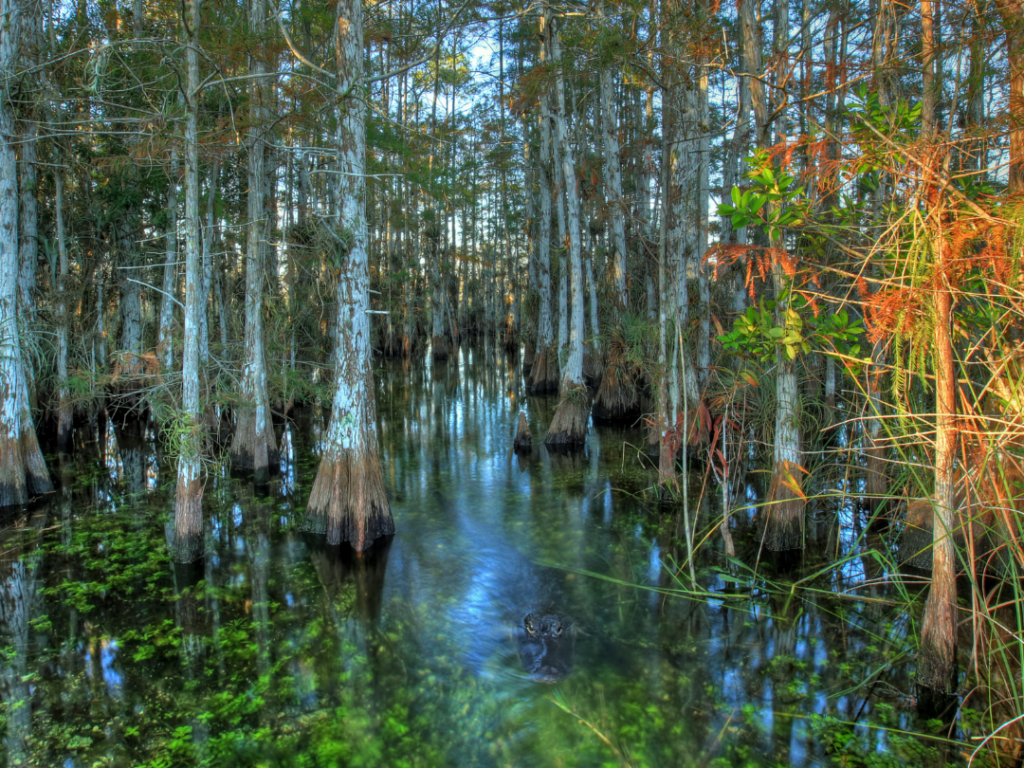
Project Spotlight: Ala Moana Center (Honolulu, Hawaii)
WGI is providing ongoing services for multiple projects at the Ala Moana Center, located between Honolulu Harbor and Waikiki on the island of Oahu in Hawaii.
Learn from award-winning professionals — explore our whitepapers, blogs, and the latest industry updates.
Join our dynamic organization of engineers, land surveyors, landscape architects, environmental scientists, and architects!
Talk to a market leader today! We’ll answer any questions you have about our professional services.

Are you thinking about developing a parcel of land that may contain or be near wetlands? It’s important to know the environmental rules and regulations before you get started on your project. In this blog post, we will take a look at the basics of wetlands and how they may affect your project.
A wetland is a land area that is either permanently or seasonally saturated with water, typically having characteristics of a distinct ecosystem. Some examples include swamps, marshes, and bogs. These bodies of water can contain either fresh, brackish or salt water.
The productivity of wetland ecosystems are comparable to coral reefs and rainforests. Wetlands aide in wildlife habitat, flood control, and water quality. These areas also allow species possibly facing extinction an environment to flourish.
A good starting place for wetland determination is the Wetlands Mapper, on the U.S. Fish & Wildlife Service webpage. However, it is highly recommended that you consult with a professional to make sure that you have all of your bases covered.

Wetlands are regulated by the U.S. Army Corps of Engineers (Corps) and the U.S. Environmental Protection Agency (EPA) by means of the Clean Water Act.
If you find that you are developing land in close proximity to wetlands, contact the Corps for a review request. Either a permit will be required by the Corps, or a Letter of No Permit Required will be issued. It should be noted that it is unlawful to begin work without a Department of the Army permit when one is required.
References: The Texas Parks and Wildlife Website, The United States Environmental Protection Agency Webpage, United States Army Corps of Engineers

WGI is a national design and professional services firm leading in technology-based solutions for the construction of public infrastructure and real estate development. At WGI, we’re providing Tomorrow’s Infrastructure Solutions Today.

WGI is providing ongoing services for multiple projects at the Ala Moana Center, located between Honolulu Harbor and Waikiki on the island of Oahu in Hawaii.

Of all the contingencies facility owners and managers planned for in 2020, a global pandemic was probably pretty low on the list. WGI has some key strategies that facility owners and managers leverage to keep your operations functioning effectively and safely amid this global pandemic.

The acquisition supports our commitment to sustainability and resiliency, and it builds upon our core capabilities in civil engineering, water resources, drainage engineering, and environmental engineering.

WGI provided planning, landscape architecture, and civil engineering services for Shop Delray’s 34,000 square feet of retail and restaurant space.

WGI stayed in growth mode throughout the pandemic as it moved to expand its geographic footprint by furthering early steps at organic expansion.

WGI welcomes its new Vice President of Water Resources – Mike Mills, an invaluable team member who further enhances our ability to offer comprehensive solutions to our client’s most challenging water resource needs.
You’ve been searching for a place like WGI. We look forward to meeting you soon.
Sign up to receive emails to hear our latest news and achievements in our monthly newsletter.
Enter your zip code, and we’ll personalize your experience with local projects, office locations, team members, and more.
WGI supports its associates with meaningful opportunities for growth, strong benefits and perks, while we work collaboratively with clients and co-consultants to shape and improve communities.






WGI is a dynamic organization with opportunities nationwide for engineers, land surveyors, landscape architects, environmental scientists, and architects.